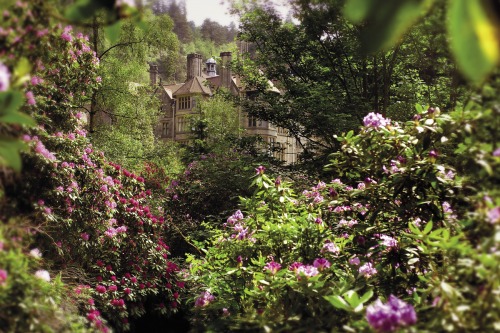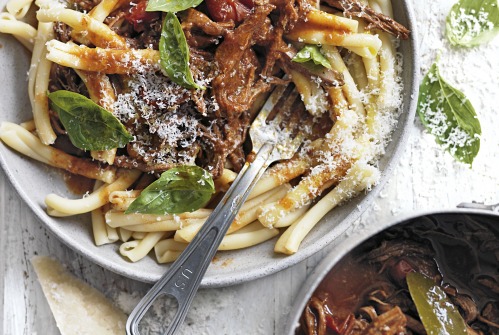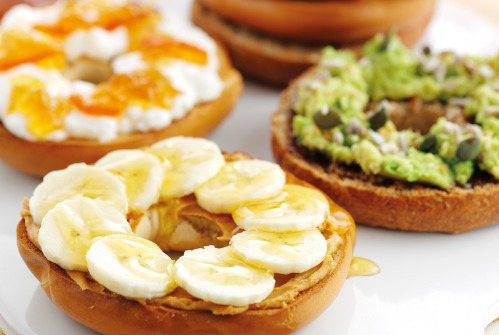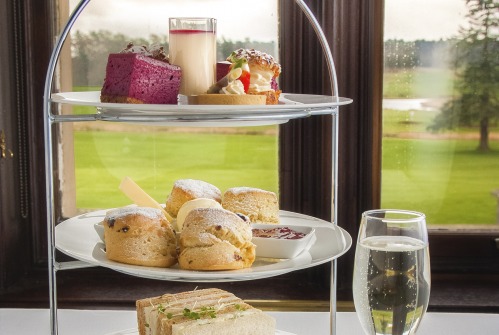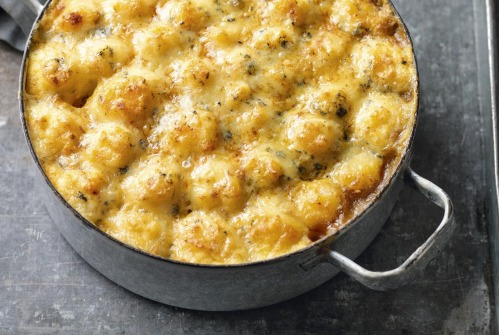All You Need to Know About Forced Rhubarb Grown in the Dark
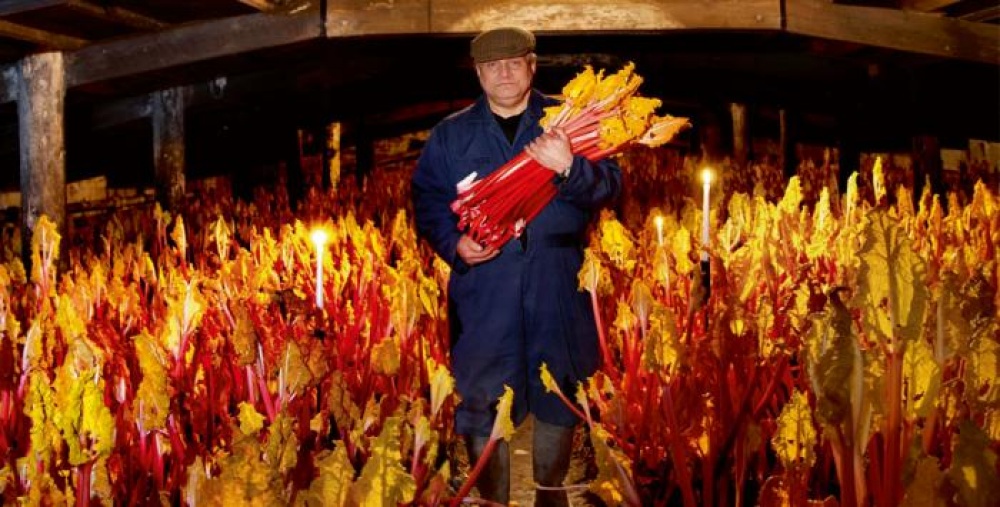
Grown in the dark and hand-picked by candlelight, forced rhubarb is one of the brightest, tastiest spring dishes, as well as the most mysterious. Living North headed to Yorkshire’s Rhubarb Triangle to investigate
Forced rhubarb is grown from the same plant as its outdoor cousin (normal rhubarb, you might call it), but in very different conditions. Being grown in darkened sheds away from natural light makes the plant more colourful, sweeter and (to many people) tastier than normal rhubarb.
Jonathan Westwood’s family have been growing forced rhubarb for generations – since the 1880s at least. Their farms are situated between Leeds, Wakefield and Bradford in what has been nicknamed Yorkshire’s ‘Rhubarb Triangle’, and his company D Westwood & Son produce more than 50 percent of the area’s rhubarb.
‘Could be 60 percent, it’s hard to say really,’ says Jonathan. ‘We’re probably the largest producer of forced rhubarb in the world. There’s a bit produced in Holland, and a bit in Canada, but apart from that there’s not very much produced elsewhere.’
Jonathan says that rhubarb was originally forced to provide an extra fruit in the winter when fresh fruit was difficult to come by. ‘I say fruit, it’s a vegetable really,’ he chips in. Purpose-built forcing sheds were built in Yorkshire in the 1880s, but the practice really came into its own during the First and Second World Wars, when thousands of tonnes of the plant were produced.
Difficulties with shipping (and ships being sunk) meant that there wasn’t much fruit coming in from abroad at this time, so rhubarb was in high demand, and was often mixed with other fruits to bulk up products such as jam. ‘If they made strawberry or raspberry jam probably 70 percent of it would be rhubarb, and only 30 percent would be fruit,’ Jonathan explains.
Such was the need that the governments in both wars actually went as far as to fix the price of rhubarb. ‘I think it was a good price as well by all accounts,’ Jonathan laughs, ‘They made fortunes during the wars.’ At that time there were around 200 producers of forced rhubarb in the triangle. Now, there are just 12.
Growing forced rhubarb is a long process. It can be planted between about September and March, and the plants spend two years being grown outside before they are moved into the dark forcing sheds. Jonathan grows around 120 acres of the plant outside, dividing them in the same way you might divide herbaceous plants in your garden. ‘We dig the roots up, split them and then replant them again.’
After two years outside the rhubarb is then ready to go into the forcing sheds, but it can’t be moved until around November. ‘Before the plant will produce rhubarb in the shed or anywhere else, it has to have a certain amount of cold to break its dormancy,’ explains Jonathan.
This means the recent mild winters have caused problems for forced rhubarb producers. When rhubarb is exposed to enough cold, the plant produces a substance called gibberellins, which are hormones that affect the plant’s development. If there isn’t enough cold weather, farmers have to water gibberellic acid onto the roots when they’re in the shed.
‘But in a normal sized shed it costs about £500 extra to do that,’ says Jonathan. It’s an expensive decision, but paying the extra money to fill the sheds more quickly can be the best way, as it allows farmers like Jonathan to empty the sheds sooner and refill them to get a second crop.
Getting the rhubarb from the fields into the sheds is heavy work. ‘We have a machine that digs it up out off the ground, but after that it’s all hand work.’ The roots have to be forked onto trailers, taken to the forcing shed then laid out on bare soil before being bedded in. It’s labour intensive, which is why Jonanthan has around 40 full-time staff on the farm.
‘They’re not all connected with rhubarb, we do other things too.’ The other things include 250 acres of field vegetables, 100 acres of barley, and 300 pigs – as well as two longhorn cattle. ‘Keeps us all busy!’ laughs Jonathan.
Once the rhubarb is in the sheds, it is mostly left to its own devices. ‘It doesn’t get fed at all. It’s just water and heat,’ says Jonathan. ‘All the growth comes from the energy that’s stored in the crown from the previous two summers.’
The plant is grown in the dark to stop it producing chlorophyll and this makes the plant grow tall and straight as it searches for non-existent light, and the leaves small and yellow. It’s not even safe to turn the lights on for long enough to harvest the plant, so it’s done by flickering candlelight.
‘The leaves can start turning green within an hour or so,’ explains Jonathan. Even after the plant is harvested it can be affected by light, so it’s packed straight into trays and put into cold stores for supermarkets.
Jonathan harvests forced rhubarb from December right through until the middle of April, and it’s stocked in shops across the country. Forced rhubarb’s bright colour means it looks better than the outdoor version, and it’s sweeter and more tender too (although Jonathan jokes that you still need quite a lot of sugar to use it).
It’s not just for crumbles though – forced rhubarb works well with lots of savoury dishes, particularly fatty meats such as pork and duck. Jonathan is, of course, something of an expert – they eat forced rhubarb every week in the season. ‘My wife makes a rhubarb and orange meringue pie,’ he says. ‘That’s really nice. And forced rhubarb goes very nicely with goose.’
Jonathan’s rhubarb is available at Fodder at the Great Yorkshire Showground, Harrogate and stockists Yorkshirewide
www.westwoodsfarm.co.uk






